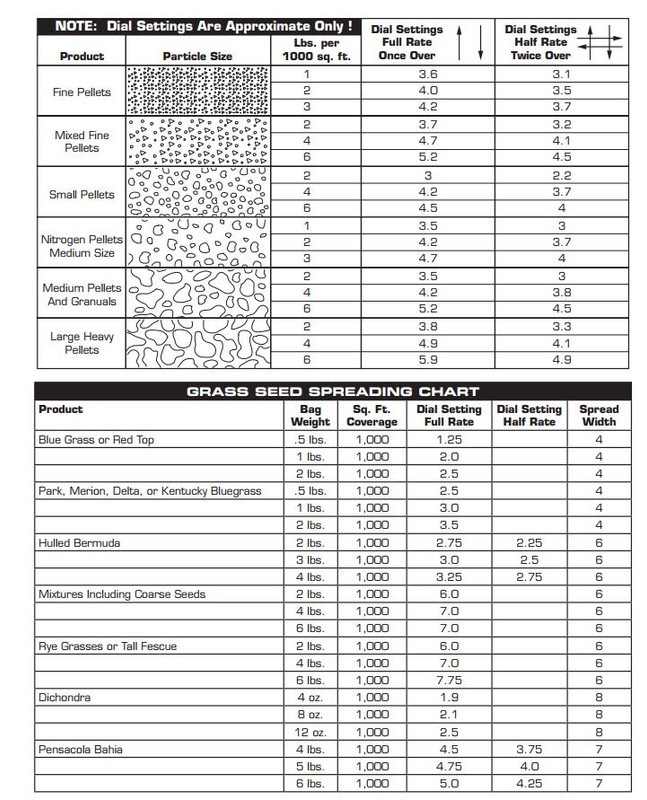My scores rotary spreader deposits too much seed relative to bag rates (I felt taken advantage of!), but is a bit too generous with granular materials (fertilizer, amendments, etc) when I'm trying to get a bag to go over more area.
Is the geometry and solid-state flocculation of grass seeds such that they pass through a spreader with greater ease than a round granule?
Is the geometry and solid-state flocculation of grass seeds such that they pass through a spreader with greater ease than a round granule?






